My inbox has been seeing an uptick about structured products and fixed indexed annuities that offer “market-linked performance” or “market upside” with “downside protection”. While below is my usual take on these products, I wanted to provide some tools for your own due diligence.
Any time you have some “magic box” that takes the stock market returns and advertises nearly the same high returns without the volatility and risk, you should know that there is no free lunch. You must pay a price.
The thing is, I might actually be okay with that. Insurance companies are in the risk transfer business. There should be some price at which I would pay for this downside protection. You offer me 90% of the stock market’s long-term return but I’ll never lose money? Sold. The problem is that (1) the actual cost is much higher than that and (2) never explicitly clear.
If the annuity industry was willing to strip away the obfuscation and opaque marketing, they could create a standardized product. For example, it might track the S&P 500 total return (no other index) but with a clear set of withdrawal penalties (surrender charges), annual fees, participation rates, etc. As a transparent and commoditized product, insurance companies would have to compete on price, like what we (somewhat miraculously) have with index funds and index ETFs.
Instead, every single fixed index annuity is different with 25 different variables and a complicated contracts with various ways that they can change many those variables in the future. “Point-to-point”. “Rate spreads”. A high “participation rate” will be advertised, but will only apply to custom “index” that was created last Tuesday but backtested to perfection. A 3% monthly cap or 10% annual cap on returns will be quietly added, knowing that the average buyer won’t know that history shows that cap lowers the overall average returns significantly. The “illustrations” will usually include 2001 and 2009. Oh, and they never include dividends from the index they track.
Now, a fellow personal finance writer was sued out of existence by an insurance company, so I will write this carefully. By the way, here are two current rate cards from two examples of popular products here and here. Notice the multitude of options, confusing terminology, and index names that sound kind of familiar but you really have no idea what’s inside.
Now, let’s say a fictional insurance company offers a 6-year fixed index annuity that tracks the S&P 500 index with a 65% participation rate. This is actually a very competitive rate. (Not any other random index. Always look for S&P 500.) Let’s assume straight-up direct crediting without annual or monthly maps.
The total average annual return of the S&P 500 index from 1926 to present (2022) with dividends reinvested is 10% annually. (Source.) So let’s just assume the stock market goes up by 10% a year. The higher the S&P 500 returns, the more this annuity will lag, so we’ll just go with average.
Every single fixed index annuity I’ve ever seen excludes dividends. If you remove dividends, the historical S&P 500 index price-only return is only about 6.1%. Does the average person on the street know this? Is this fact included in the annuity free steak dinner pitch? 🤥
This is a huge deal! Here’s a comparison of $1 invested in the S&P 500 in 1930 with and without dividends. Yes, the final numbers are ~$200 vs. ~$6,000. (Source: S&P.)
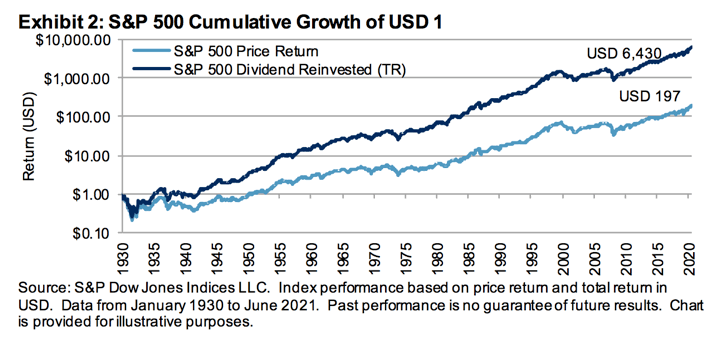
Even for shorter periods, the compounding effect of removing dividends is significant:
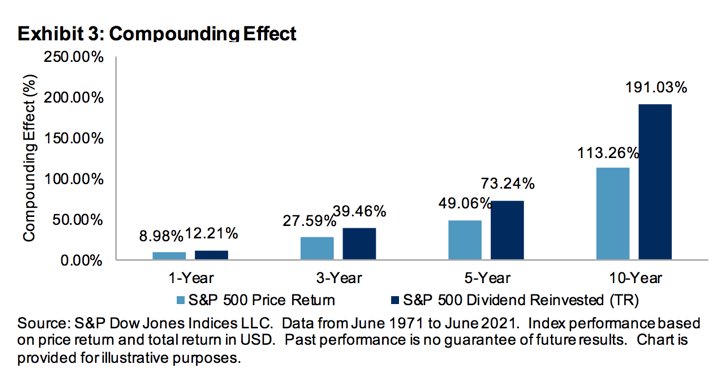
We haven’t even multiplied by the participation rate of 65% yet, after which you are only left with 4%. You’ve now gone all the way from 10% annual return to only 4%. You could also reach this number by using an average total return of 8% and dividend yield of 2%. You’d still end up with 4% (take the 6% price-only return and multiply by 0.65).
But wait, my principal is protected, so it’s worth it! That just means your minimum return is 0% if the stock market does poorly. But 0% is not the proper comparison point.
The true downside is the guaranteed rates that you are giving up! For example, today you can find a 6-year plain-vanilla MYGA fixed annuity paying 5.40% guaranteed. At 5.40% annually guaranteed, in MYGA worst-case scenario $100,000 will become over $137,000 after 6 years. Meanwhile, the fixed index annuity might only give you… $100,000.
MYGAs are commoditized annuities that compete based on price (and safety rating) and offer the same tax-deferral possibilities. Since they compete on price, they also pay lower sales commissions than fixed index annuities. Would you want to buy something that would pay 4% if long-term averages hold (0% minimum), or 5.4% guaranteed (5.4% minimum)? MYGAs aren’t perfect either, but at least I can explain how any MYGA works very easily.
This is a simple hypothetical illustration to help you realize the high price you might be paying for “upside potential with principal protection”. I understand the desire to avoid market volatility, but there may be cheaper and more transparent ways to get there. My main issue is not that the price is high, it’s that the price is nearly impossible to pin down due to intentional complexity. If we could see price tags, we could comparison shop!
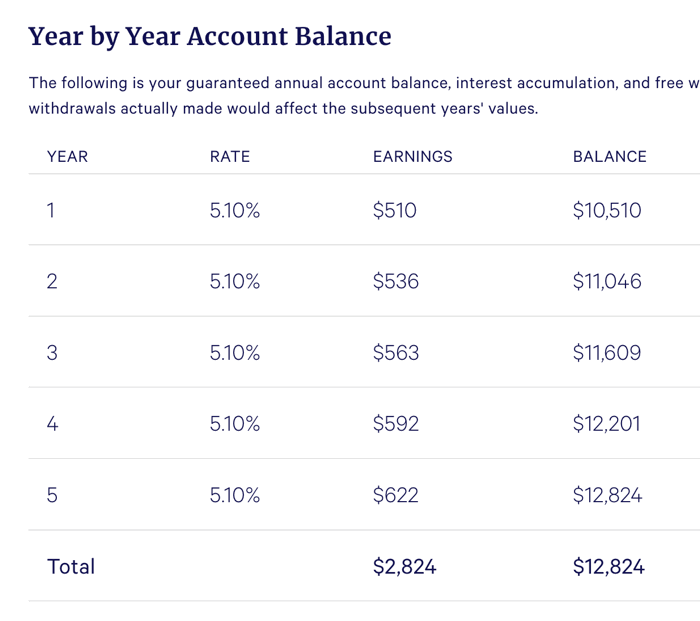

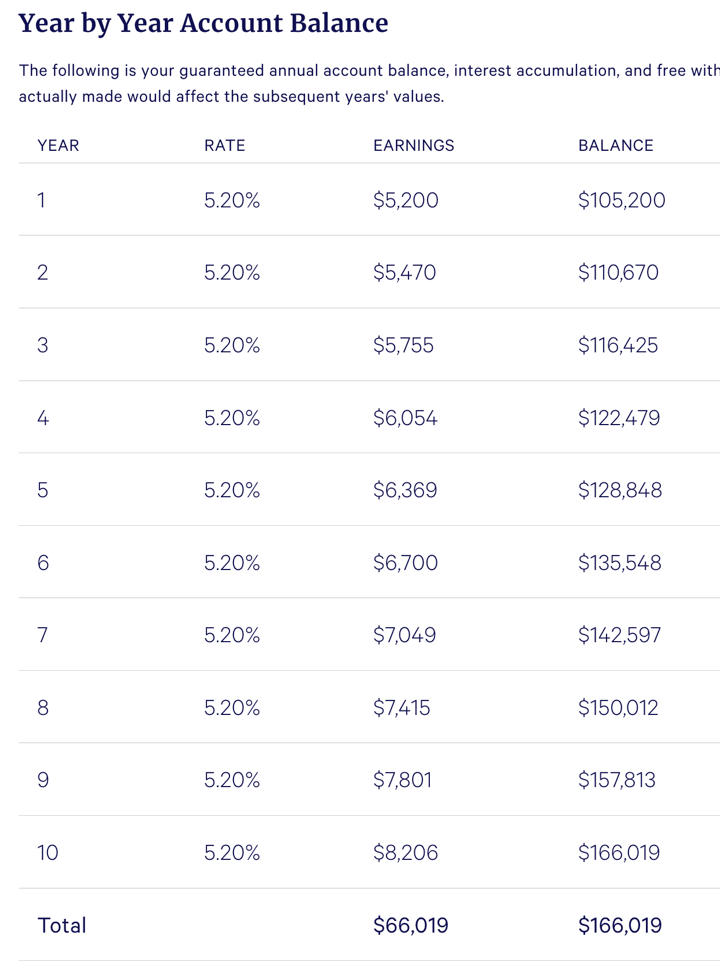


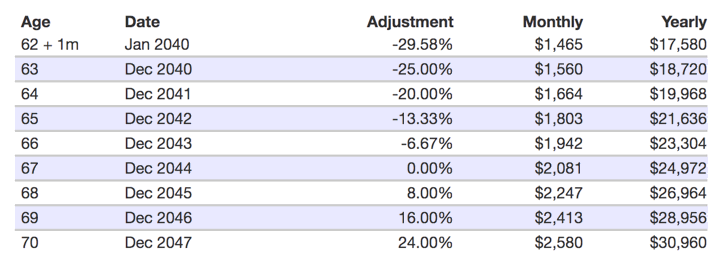
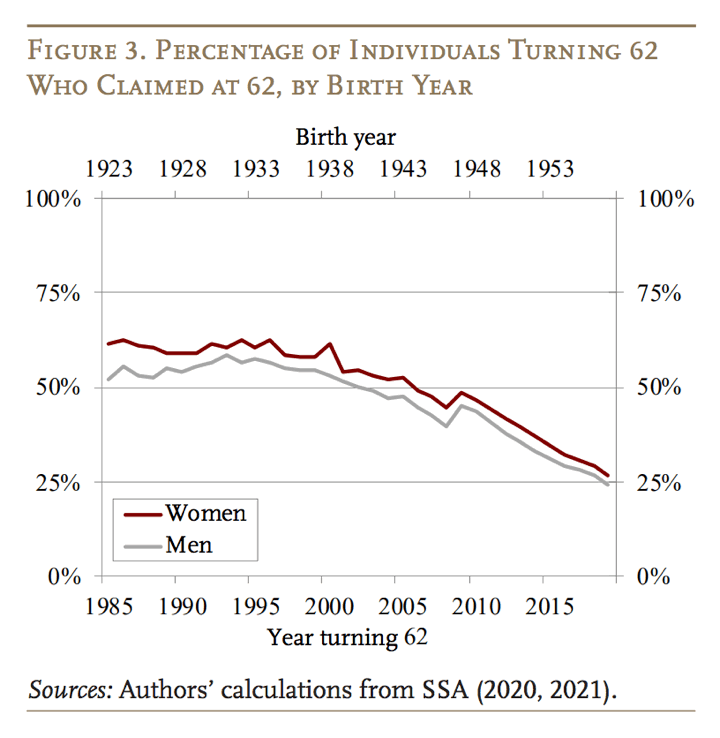
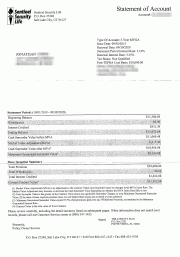 As a follow-up to my post about
As a follow-up to my post about 
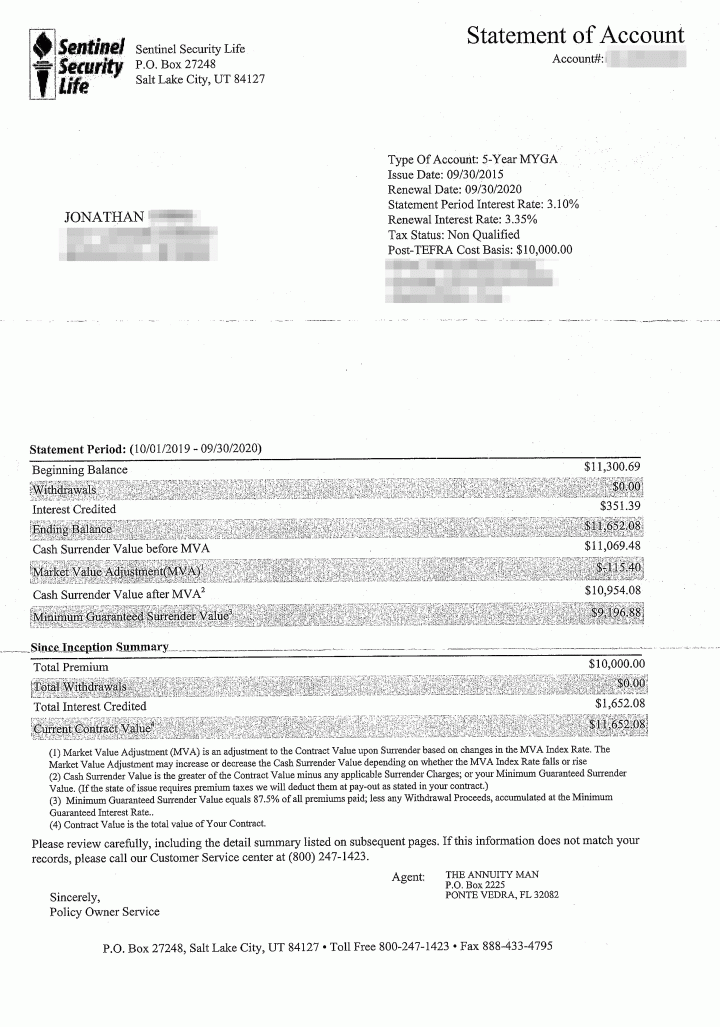
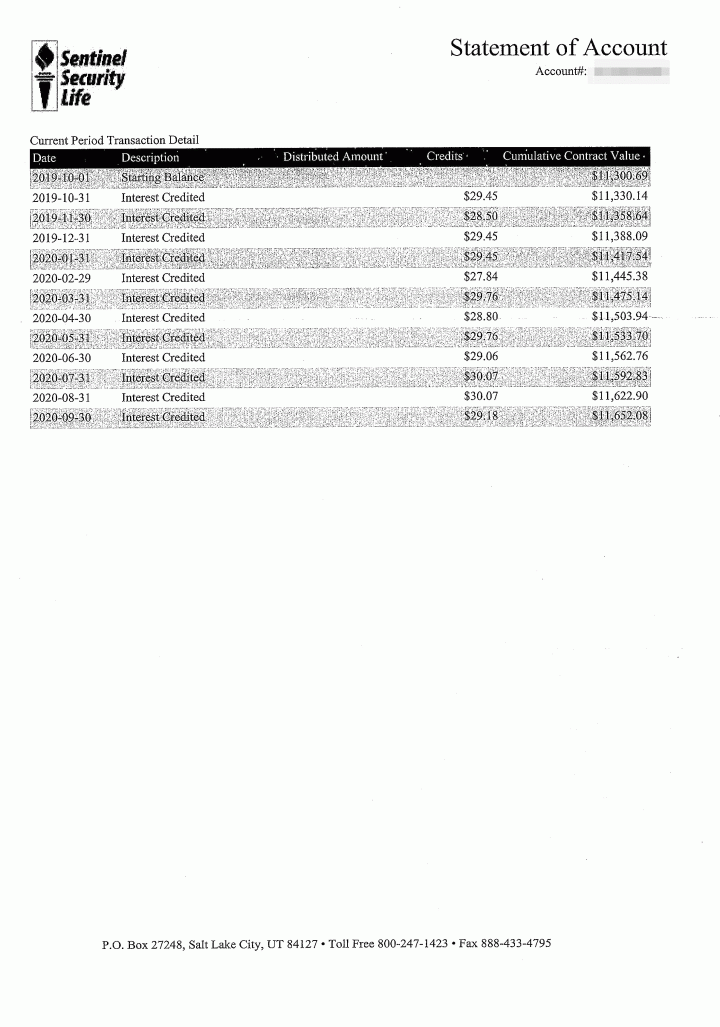
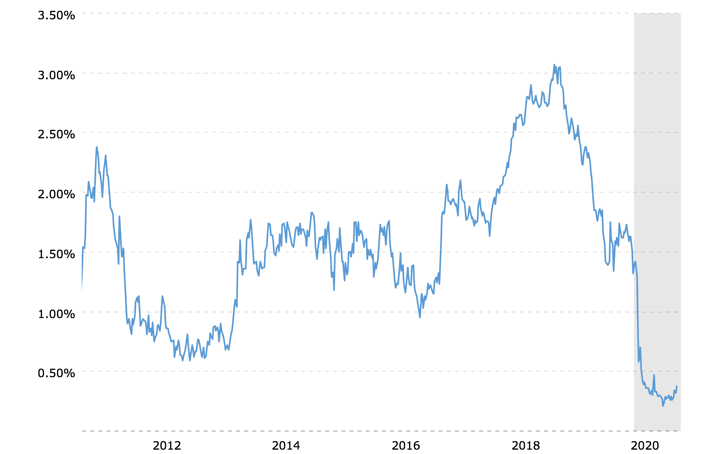
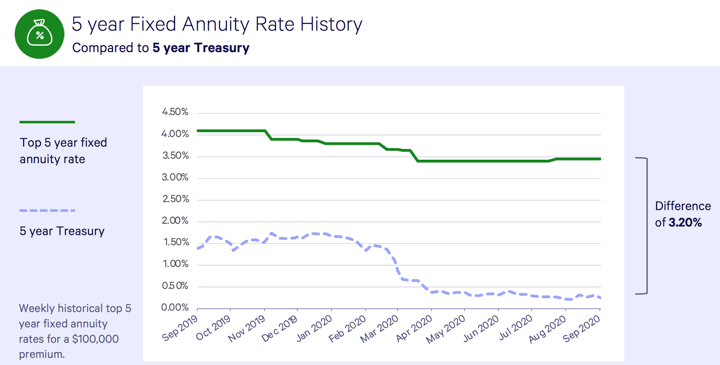
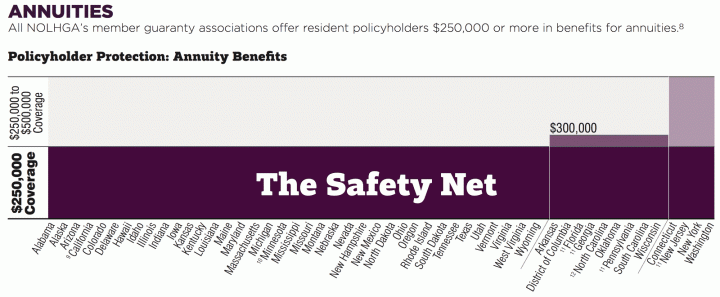
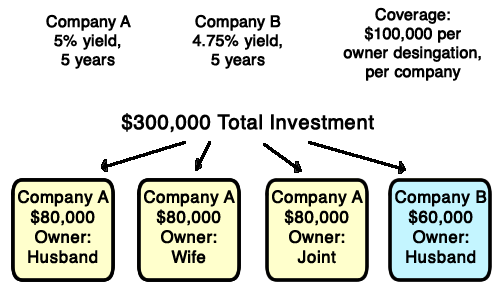
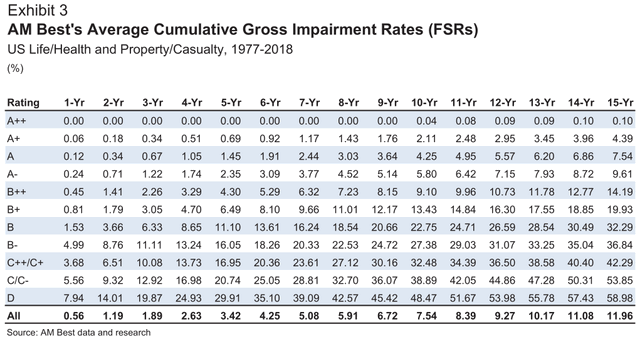

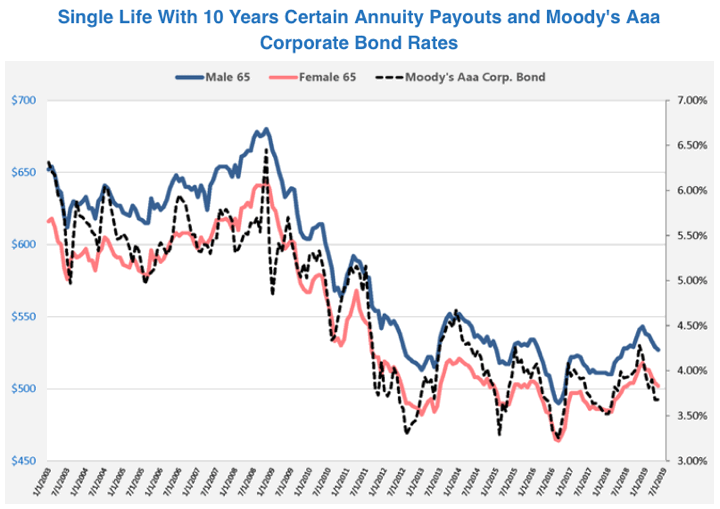
 One of the first things that pops up when doing research on retirement annuities is the “annuity puzzle”. Essentially, economists have done their calculations and shown that simple, immediate income annuities are theoretically the best fit for many people. You give up some things like liquidity and upside potential, but in exchange you get the most monthly income for the rest of your life. But in the real world, only a small fraction of such people actually go out and buy such annuities.
One of the first things that pops up when doing research on retirement annuities is the “annuity puzzle”. Essentially, economists have done their calculations and shown that simple, immediate income annuities are theoretically the best fit for many people. You give up some things like liquidity and upside potential, but in exchange you get the most monthly income for the rest of your life. But in the real world, only a small fraction of such people actually go out and buy such annuities.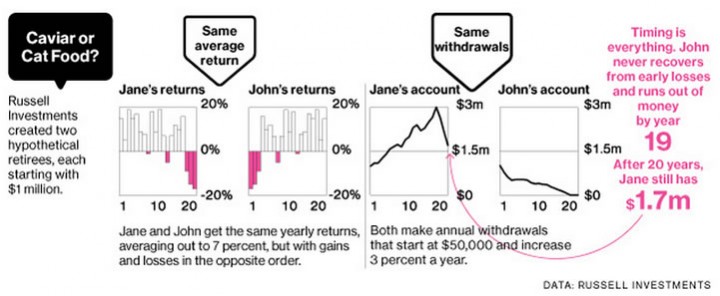

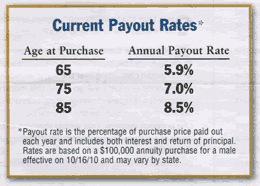

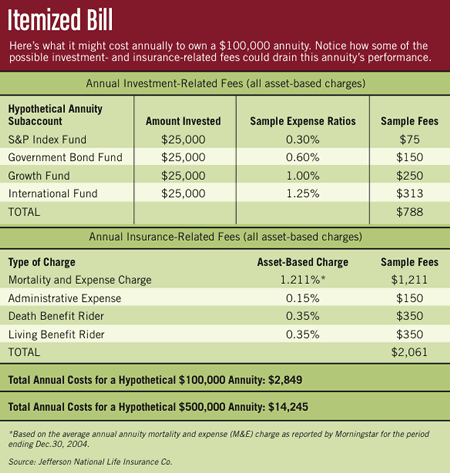

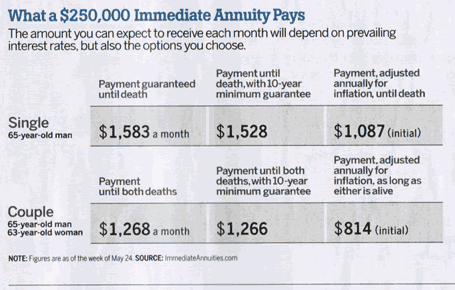
 The Best Credit Card Bonus Offers – 2025
The Best Credit Card Bonus Offers – 2025 Big List of Free Stocks from Brokerage Apps
Big List of Free Stocks from Brokerage Apps Best Interest Rates on Cash - 2025
Best Interest Rates on Cash - 2025 Free Credit Scores x 3 + Free Credit Monitoring
Free Credit Scores x 3 + Free Credit Monitoring Best No Fee 0% APR Balance Transfer Offers
Best No Fee 0% APR Balance Transfer Offers Little-Known Cellular Data Plans That Can Save Big Money
Little-Known Cellular Data Plans That Can Save Big Money How To Haggle Your Cable or Direct TV Bill
How To Haggle Your Cable or Direct TV Bill Big List of Free Consumer Data Reports (Credit, Rent, Work)
Big List of Free Consumer Data Reports (Credit, Rent, Work)